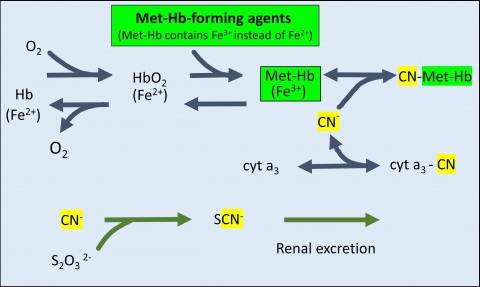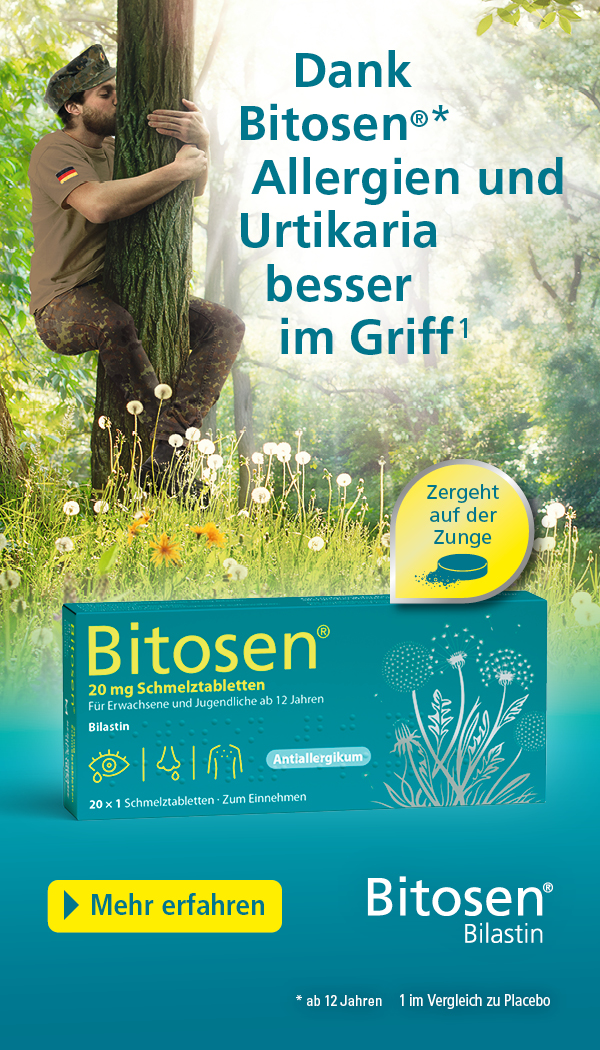Tian-Tian Yan*, Guo-An Lin*, Min-Jie Wang*, Andreas Lamkowski#, Matthias Port#, Alexis Rump#
*Military Burn Center, 159th (990th) Hospital of the People’s Liberation Army, Zhumadian, China
#Bundeswehr Institute of Radiobiology affiliated to Ulm University, Munich
The complexity of fire smoke
Inhalation injury is often associated with burns and significantly increases morbidity and mortality. The composition of fire smoke is very complex and depends on the burning material, the availability of oxygen, the temperature and chemical reactions between the constituents. Moreover, fire smoke composition varies over time. The main toxic components of fire smoke are carbon monoxide, hydrogen cyanide and irritants. In the case of an incident in a nuclear power plant or recycling facility associated with fire, smoke may also contain radioactive material.
Medical treatment may vary in different countries. We examined and compared the therapeutic approaches and the drugs/antidotes available and mainly used in treating inhalation injury victims in China and Germany. The treatment of burns or acute radiation sickness by external irradiation was not considered.
Please click here to get the entire abstract.
Datum: 02.10.2019






